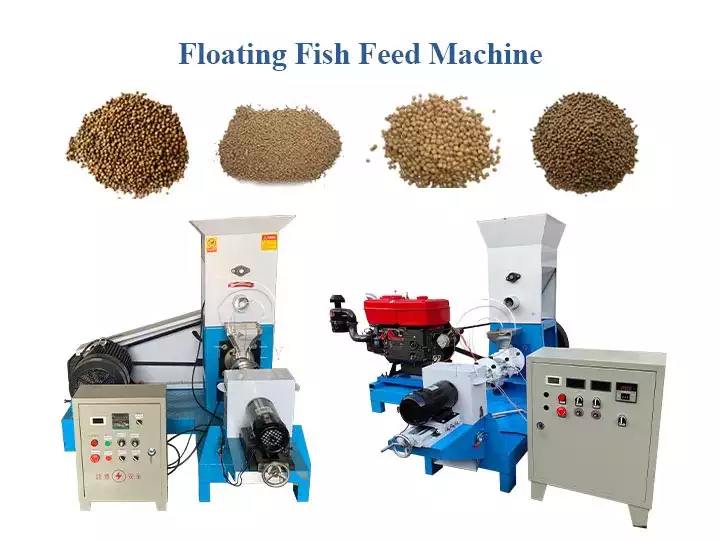evaporative cooling pads for greenhouse
Nov . 05, 2024 22:52 Back to list
evaporative cooling pads for greenhouse
Evaporative Cooling Pads for Greenhouses Enhancing Agricultural Efficiency
In the realm of modern agriculture, the quest for optimal growing conditions has led to innovative practices and technologies. One such advancement is the use of evaporative cooling pads in greenhouses. These pads are not only beneficial for maintaining ideal temperatures but also contribute to the overall efficiency of greenhouse operations.
Evaporative cooling is a natural process where water is transformed into vapor, absorbing heat from the air. This principle is harnessed in evaporative cooling pads, which are made from materials that allow water to pass through while providing a large surface area for evaporation. When warm air flows over these pads, the water evaporates, resulting in a significant drop in air temperature. This cooling effect is particularly advantageous in controlling the microclimate within a greenhouse.
One of the primary benefits of using evaporative cooling pads is their energy efficiency. Unlike traditional air conditioning systems, which can consume substantial amounts of electricity, evaporative cooling relies on the simple yet effective process of evaporation. This allows greenhouse operators to reduce energy costs while maintaining a conducive environment for plant growth. The energy savings can be significant, especially in regions where temperatures fluctuate dramatically, necessitating extensive cooling efforts.
Moreover, evaporative cooling pads promote better air circulation within the greenhouse. Proper ventilation is crucial for plant health; it helps to control humidity levels and prevent the buildup of pathogens. By integrating cooling pads into the greenhouse design, growers can ensure a constant flow of fresh air, which is essential for photosynthesis and overall plant vitality.
evaporative cooling pads for greenhouse

In addition to temperature control and energy efficiency, evaporative cooling pads can enhance plant quality and yield. Many crops thrive in cooler, humid environments, and the use of these cooling systems can help maintain the climate needed for optimal growth. Studies have shown that crops like lettuce, tomatoes, and peppers exhibit improved quality and higher yields when grown in temperature-controlled environments. The consistent temperature reduces stress on the plants, promoting healthier growth and better fruit development.
Furthermore, installing evaporative cooling pads can be relatively straightforward, making them an appealing option for both large-scale and small-scale greenhouse operations. They can be integrated into existing systems without extensive modifications, allowing growers to benefit from cooler temperatures without a significant upfront investment.
However, it is essential to note that successful implementation of evaporative cooling pads requires careful management of water and humidity levels. Growers must be vigilant about the water source's quality and ensure that the pads are regularly maintained. Improper maintenance can lead to issues like algae growth or blockages, which may diminish the system's efficiency.
In conclusion, evaporative cooling pads are a viable solution for enhancing greenhouse efficiency. They provide a natural method for temperature regulation, reduce energy costs, improve air circulation, and ultimately lead to better plant quality and increased yields. As the agricultural industry continues to evolve, innovations like evaporative cooling systems exemplify how technology can harmonize with nature to create sustainable and productive farming practices. Embracing methods such as these is crucial for meeting the growing food demand while addressing climate challenges.
-
Automatic Feeding Line System-Pan Feeder Nipple Drinker|Anping County Yize Metal Products Co., Ltd.
NewsJul.29,2025
-
Hot Sale 24 & 18 Door Rabbit Cages - Premium Breeding Solutions
NewsJul.25,2025
-
Automatic Feeding Line System Pan Feeder Nipple Drinker - Anping County Yize Metal Products Co., Ltd.
NewsJul.21,2025
-
Automatic Feeding Line System Pan Feeder Nipple Drinker - Anping County Yize Metal Products Co., Ltd.
NewsJul.21,2025
-
Automatic Feeding Line System - Anping Yize | Precision & Nipple
NewsJul.21,2025
-
Automatic Feeding Line System - Anping Yize | Precision & Nipple
NewsJul.21,2025






